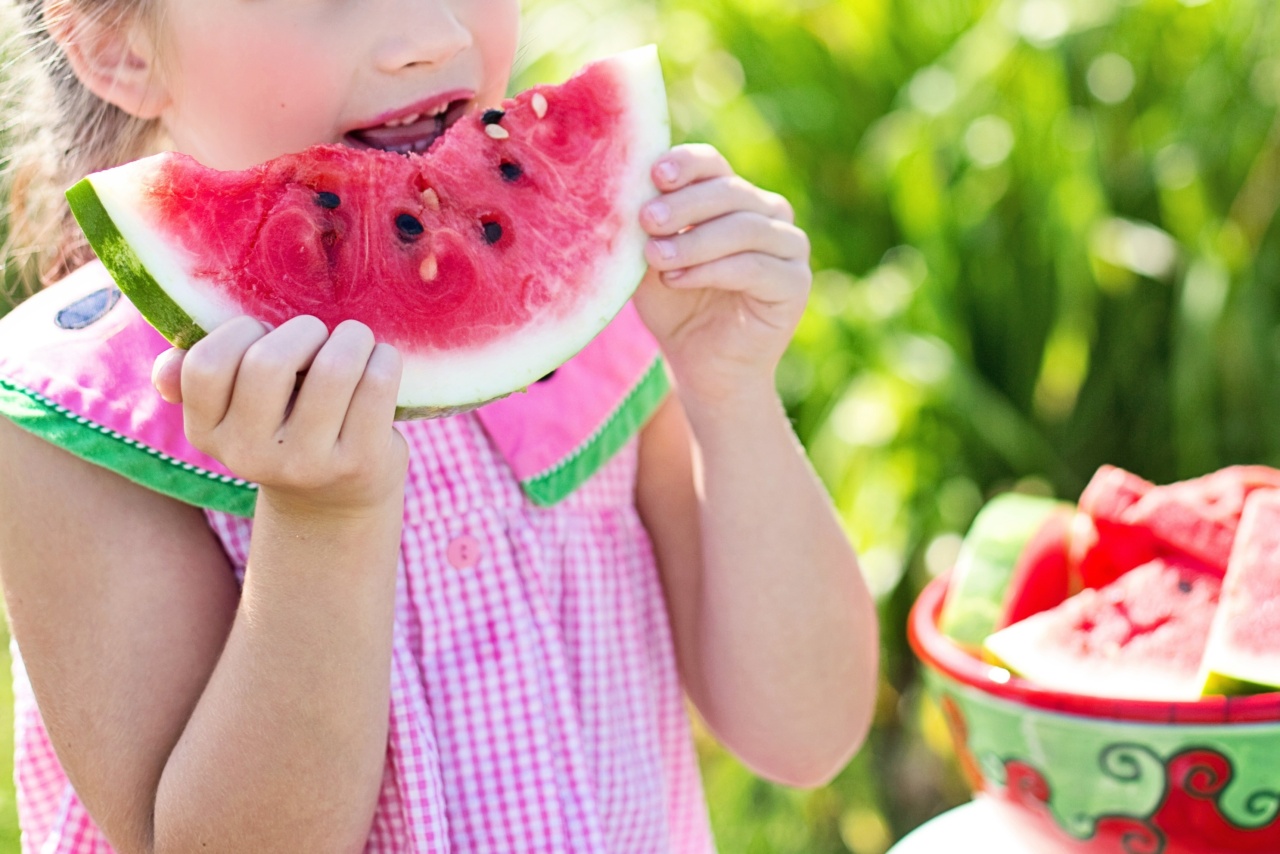As parents, we all want what’s best for our children, especially when it comes to their health and well-being.
We carefully select their food, making sure they receive a balanced diet that provides the necessary nutrients for their growth and development. However, recent concerns raised by pediatric professionals have called attention to the presence of toxins in kids’ food, posing serious risks to their health.
The Impact of Toxins on Children’s Health
Children are particularly vulnerable to the harmful effects of toxins due to their smaller size, developing organs, and immature immune systems.
Exposure to these toxins during critical periods of growth and development can have long-lasting consequences on their health and overall well-being.
Toxins found in certain foods have been linked to a range of health issues in children, including but not limited to:.
- Neurological Disorders: Exposure to certain toxins, such as lead and mercury, has been associated with cognitive impairments, learning disabilities, and developmental delays in children.
- Hormonal Imbalances: Endocrine-disrupting chemicals present in some food products can interfere with the proper functioning of children’s hormonal systems, leading to hormonal imbalances that may have long-term effects on their growth and development.
- Allergies and Asthma: Certain food additives and preservatives have been linked to an increased risk of allergies and asthma in children.
- Obesity: Some toxins found in processed foods and sugary beverages have been associated with an increased risk of obesity in children.
The Role of Food Industry and Regulations
The food industry plays a significant role in ensuring the safety and quality of the products it produces. However, concerns have been raised regarding the regulatory standards in place and the labeling practices of food manufacturers.
Many pediatric professionals argue that stricter regulations are necessary to safeguard children’s health and prevent the presence of toxins in their food.
They believe that the current system lacks transparency and fails to adequately protect vulnerable populations, such as infants and young children.
Common Toxins Found in Kids’ Food
Several common toxins have been detected in kids’ food, alarming both parents and pediatric professionals alike. It is important to be aware of these toxins and take necessary precautions to minimize exposure.
1. Lead
Lead, a heavy metal, is a known neurotoxin that can cause irreversible damage to children’s brains and nervous systems. It is often found in contaminated water sources, certain canned foods, and imported spices.
2. Mercury
Mercury is another heavy metal that can be detrimental to a child’s neurological development. It is commonly found in certain types of fish, such as tuna, swordfish, and shark.
3. Pesticide Residues
Pesticide residues are frequently found on conventionally grown fruits and vegetables. Children who consume these products may be exposed to harmful chemicals that have been linked to various health issues.
4. Artificial Food Additives
Artificial food additives, such as food colorings, flavor enhancers, and preservatives, are commonly used in processed foods marketed towards children.
Some of these additives have been associated with allergic reactions, behavioral problems, and hyperactivity.
5. Bisphenol A (BPA)
BPA is a chemical used in the lining of cans and certain plastic containers. It can leach into food and beverages, posing potential health risks, including hormonal disruptions.
Steps to Reduce Toxin Exposure in Kids’ Food
While it may seem challenging to completely eliminate toxins from our children’s food, there are proactive steps parents can take to reduce their exposure:.
- Choose Organic: Opt for organic fruits, vegetables, and other food products whenever possible, as they are less likely to contain pesticide residues.
- Minimize Processed Foods: Limit the consumption of heavily processed foods that often contain artificial additives and preservatives. Instead, opt for whole foods that are fresh and minimally processed.
- Read Labels: Carefully read food labels and avoid products that contain artificial food colorings, flavors, and preservatives.
- Avoid Certain Fish: Be mindful of the types of fish consumed, as some may contain higher levels of mercury. Choose fish varieties that are low in mercury, such as salmon and trout.
- Use BPA-Free Containers: Look for BPA-free containers, water bottles, and food storage options to minimize exposure to this chemical.
- Stay Informed: Stay updated on the latest research and recommendations regarding children’s food safety. Rely on reputable sources and consult with pediatric professionals when necessary.
Advocating for Change
Pediatric professionals are urging policymakers, food manufacturers, and regulatory authorities to prioritize children’s health when it comes to food safety.
They argue for stricter regulations, increased transparency, and clearer labeling practices to empower parents to make informed decisions about their children’s food choices.
By working together, we can create a safer food environment for our children and provide them with the best opportunities for optimal growth and development.































